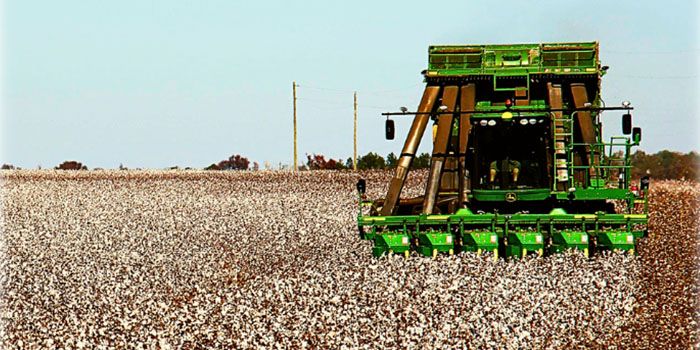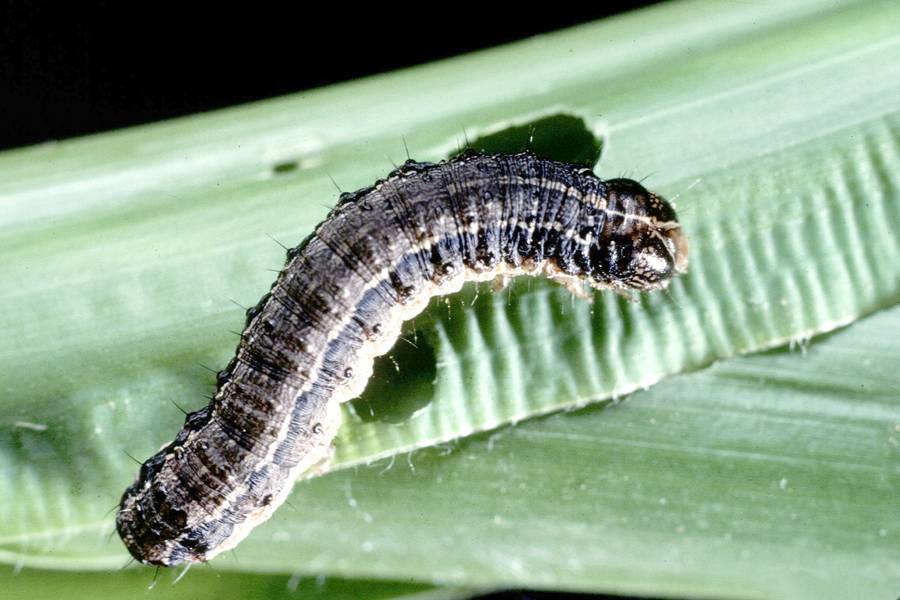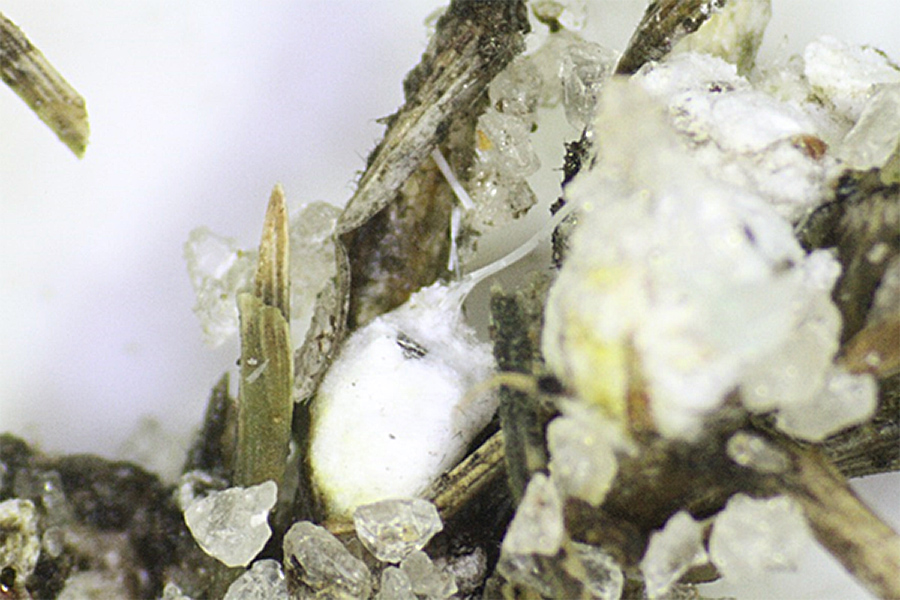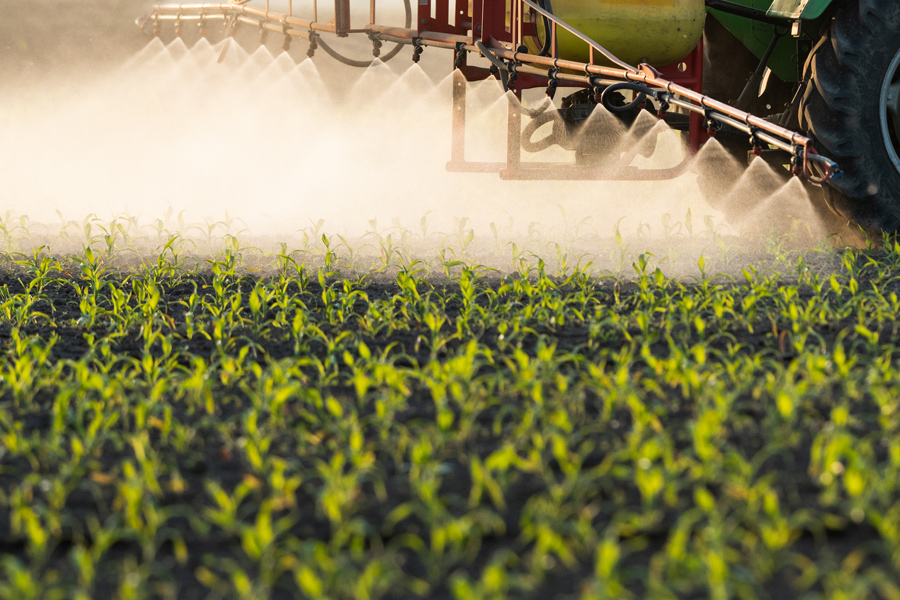Field Crops, Forage and Turfgrass Production
-

This resource will help county agents, producers, and industry professionals learn about planting and growing annual forages in Georgia. These annual species fill critical gaps in both forage and crop production seasons.
Lisa Baxter and Taylor Randell Singleton
|
-

This publication provides a step-by-step procedures to calibrate the module handler weighting system and the on-board yield monitor on John Deere round module cotton harvesters.
Wesley Porter and Luke Fuhrer
|
-

C 1130
Armyworms in Sod
It is not unusual for fall armyworms to infest newly planted sod in a home landscape, especially during late summer to fall. Not all fall armyworm problems originate from sod farms but instead begin near the home landscape where sod is installed. This resource explains the biology and seasonality of fall armyworm in Georgia and discusses possible management strategies to mitigate infestation.
William G. Hudson, Clint Waltz, and Shimat V. Joseph
|
-

The two-lined spittlebug is an important insect pest of turfgrass in Georgia, with centipedegrass being the most susceptible to infestation. It also attacks some ornamental plants, including asters, hollies, and morning glories. This publication provides management options and other information on the two-lined spittlebug, including identification and biology, host plants, damage symptoms, and control strategies.
William G. Hudson, Shimat V. Joseph, and Fawad Khan
|
-

Rhodesgrass mealybugs are an invasive insect native to Asia that can infest more than 100 grass species including all warm-season grasses commonly used for pastures and turf in Georgia. This publication includes information about rhodesgrass mealybug identification and biology, its host plants, damage symptoms, and control strategies, including the use of parasitic wasps.
William G. Hudson and Shimat V. Joseph
|
-

Pesticide applicators should visit the Bulletins Live! Two website to determine if they are located within a pesticide-restricted or limited area, known as a pesticide use limitation area (PULA). These restrictions protect endangered and threatened species from adverse effects. This publication provides users a step-by-step guide on how to navigate this website and access the information needed for applications and recordkeeping.
Taylor Randell Singleton, Stanley Culpepper, and Eric P. Prostko
|
-

Fairy ring is an umbrella term for a disease that can be caused by more than 60 different species of basidiomycete fungi. It is particularly damaging on golf greens, but can affect all turf species in Georgia. Infection leads to localized dry spots and nutrient imbalances. No single strategy guarantees complete control, but integrating thatch reduction, water management, fertility optimization, and targeted fungicide applications can significantly mitigate disease impact.
Alfredo Martinez, Sergio Sosa, and Bikash Ghimire
|
-

B 1331
Canola Production in Georgia
This publication covers best management practices for canola production in Georgia. Growing canola profitably takes planning and good management, from seed selection to harvest to marketing.
G. David Buntin, Timothy Branner Brenneman, Timothy Lane Grey, James W. Buck, Eric P. Prostko, and Amanda R Smith
|
-

Hunting billbug, Sphenophorous venatus vestitus (Family: Curculionidae) is an important weevil pest of turfgrass in Georgia. It’s called a “billbug” because of its long snout, or bill, which has small mandibles at the tip. Hunting billbug infestations in turfgrass are not easily detected until the first signs of feeding damage, such as discoloration or irregular patches, appear scattered across the turfgrass. Although hunting billbugs attack all major turfgrass genotypes, damage on zoysia grass cultivars can be particularly serious. In addition to hunting billbug, several other species of billbugs are found in warm-season turfgrass including the lesser billbug, S. minimus, and uneven billbug, S. inaequalis.
William G. Hudson and Shimat V. Joseph
|